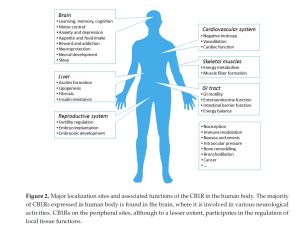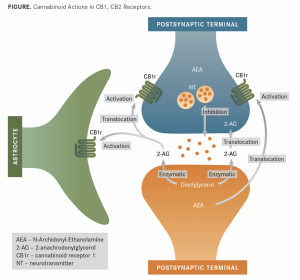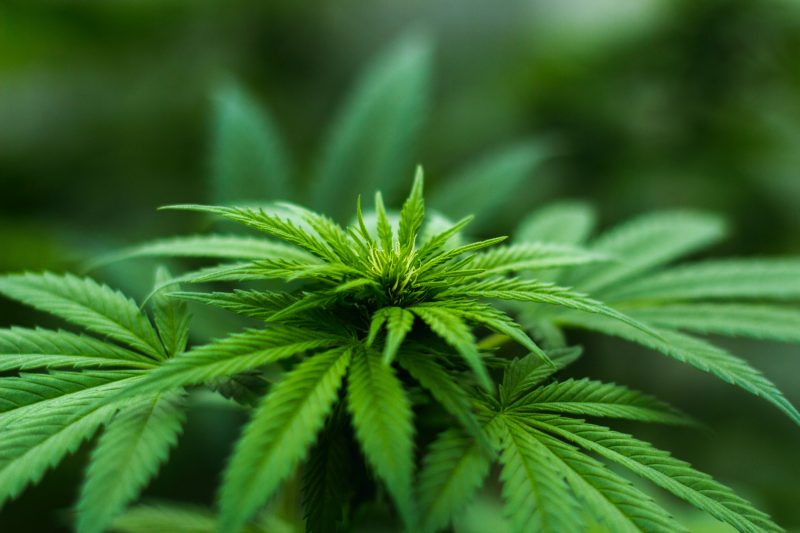The debate of whether or not cannabis should be used for recreation has been raging for well over a decade now, and there are strong arguments on both sides. People in favor of recreational marijuana point to research that shows the extensive benefits of the plant, while those opposed call cannabis a “gateway drug” and point to the conflicting data in the scientific community surrounding the substance. With the topic being so prominent, the fact that the sciences can display cannabis as a cure and poison is extremely interesting.
This is conflicting representation is most likely due the lack of scientific research regarding the substance. Cannabis interacts with receptors of the endocannabinoid system which has several important functions in the body. The most widely studied receptors of this system are the CB1 receptor and CB2 receptors, which can be found both in the brain and in peripheral nervous tissues and cells.
The abundance of these receptors throughout the body are one of the major obstacles when determining the effect of Cannabis on the human body. For example the CB1 receptor has been found in the brain, cardiovascular system, liver, GI tract, and reproductive systems. Therefore administration of cannabis affects the body in several ways simultaneously making it difficult to study. Recent studies have attempted to demonstrate the effects of marijuana on several diseases.

The CB1 receptor has been found to inhibit GABA and Glutamate release in which directly impacts neurotransmission. This is proposed as a plausible underlying mechanism of CB1-mediated neuroprotection against excitotoxicity, a prominent pathological process of many disorders such as epilepsy, Alzheimer’s disease, Parkinson’s disease.

In Parkinson’s disease the up regulation of the CB1R and endocannabinoid system activity which could be a mechanism to compensate the degenerated dopaminergic neurons, or a pathological process that contributes to the worsening of the disease. In addition, the activation of the CB1 receptor has been shown to be beneficial in Alzheimer disorder animal models with memory deficits and cognitive disorders. However, results from these models are still debated in the scientific community.
The conflicting data is not the only problem however. Marijuana is currently considered a schedule 1 drug. This means that in the eyes of the law and the government, cannabis is in the same class as heroin, LSD, and ecstasy. This classification has several impacts on the scientific communities ability to research the effects of the drug. For instance, in order to perform research on a schedule 1 drug, there are mountains of paperwork and regulations which must be addressed. This makes the already expensive research even more expensive and time consuming. This leads to limited research on a drug that has the several possibilities in regards to several crippling diseases.
The effects of cannabis on the human body is still uncertain. Several studies have shown remarkable effects of the drug , while other studies have shown the drugs potential to exacerbate several diseases. This uncertainty is a product of conflicting experiments as well as limited research. In order to determine whether or not cannabis is a miracle drug or a potent poison, further research is needed.
Sources:
https://www.ncbi.nlm.nih.gov/pubmed/28827089
